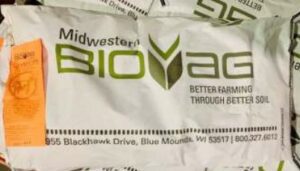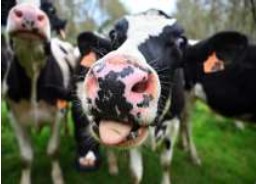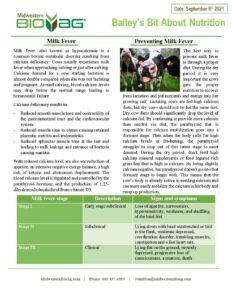Milk fever, also known as hypocalcemia is a common bovine metabolic disorder resulting from calcium deficiency. Cows usually experience milk fever when approaching calving or just after calving. Calcium demand for a cow starting lactation is almost double compared to when she was not lactating and pregnant. Around calving, blood-calcium levels may drop below the normal range leading to homeostatic failure.
Calcium deficiency results in:
- Reduced smooth muscle tone and contractility of the gastrointestinal tract and the cardiovascular
- Reduced muscle tone in the uterus causing retained placenta, metritis, and endometritis.
- Reduced sphincter muscle tone at the teat end leading to milk leakage and the entrance of bacteria causing
With reduced calcium levels, we also see a reduction of appetite, an intensive negative energy balance, a high risk of ketosis and abomasum displacement. The blood calcium level is regulated and controlled by the parathyroid hormone and the production of 1,25- dihydroxycholecalciferol from vitamin D3.
Preventing Milk Fever
The best way to prevent milk fever is through a proper diet. During the dry period, it is very important the cows get the proper nutrition to recover
from lactation and put nutrients and energy into her growing calf. Lactating cows are fed high calcium diets, but dry cows should not be fed the same diet. Dry cow diets should significantly drop the level of calcium fed. By continuing to provide more calcium than needed via diet, the parathyroid that is responsible for calcium mobilization goes into a dormant stage. Then when the body calls for high calcium levels at freshening, the parathyroid struggles to snap out of this latent stage to meet demand. During the dry period, don’t feed high calcium mineral supplements or feed legume-rich grass hay that is high in calcium. By being slightly calcium negative, her parathyroid doesn’t go into that dormant stage, to begin with. This means that the cow’s body is already active in needing calcium and can more easily mobilize the calcium in her body and ramp up production.
Product of the Week: “O” D-R-R-R-Y Cow




